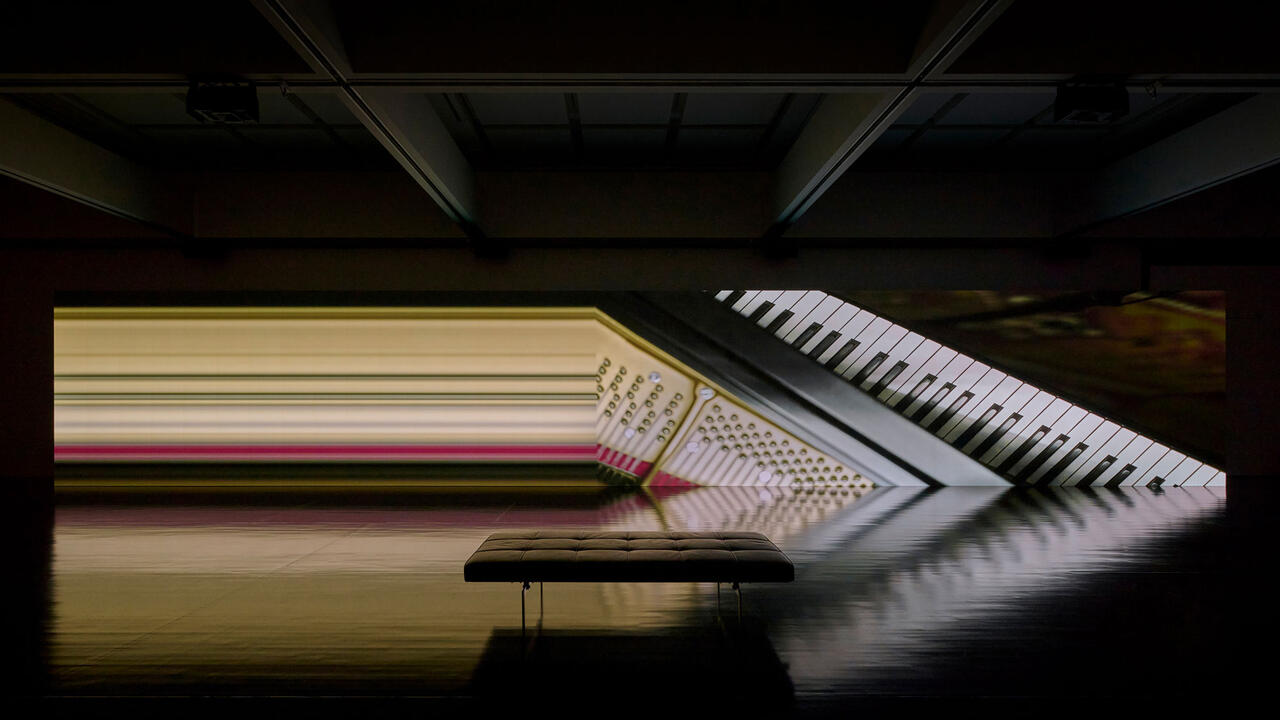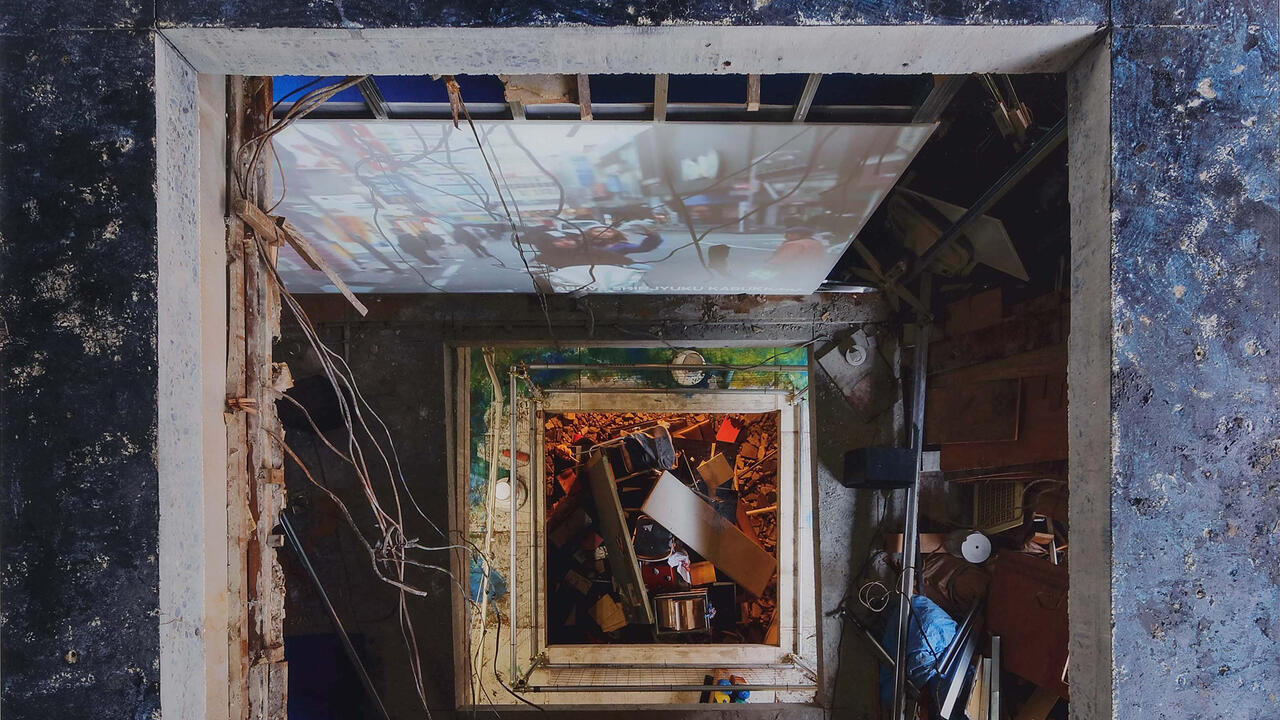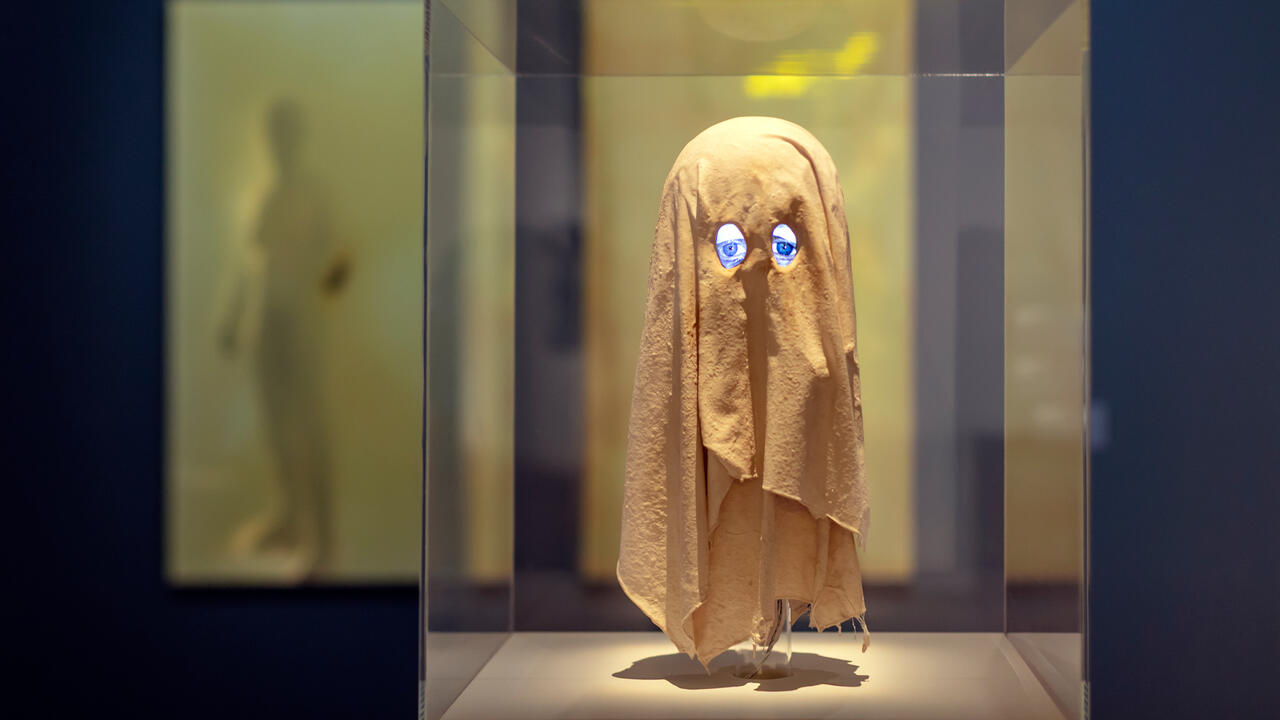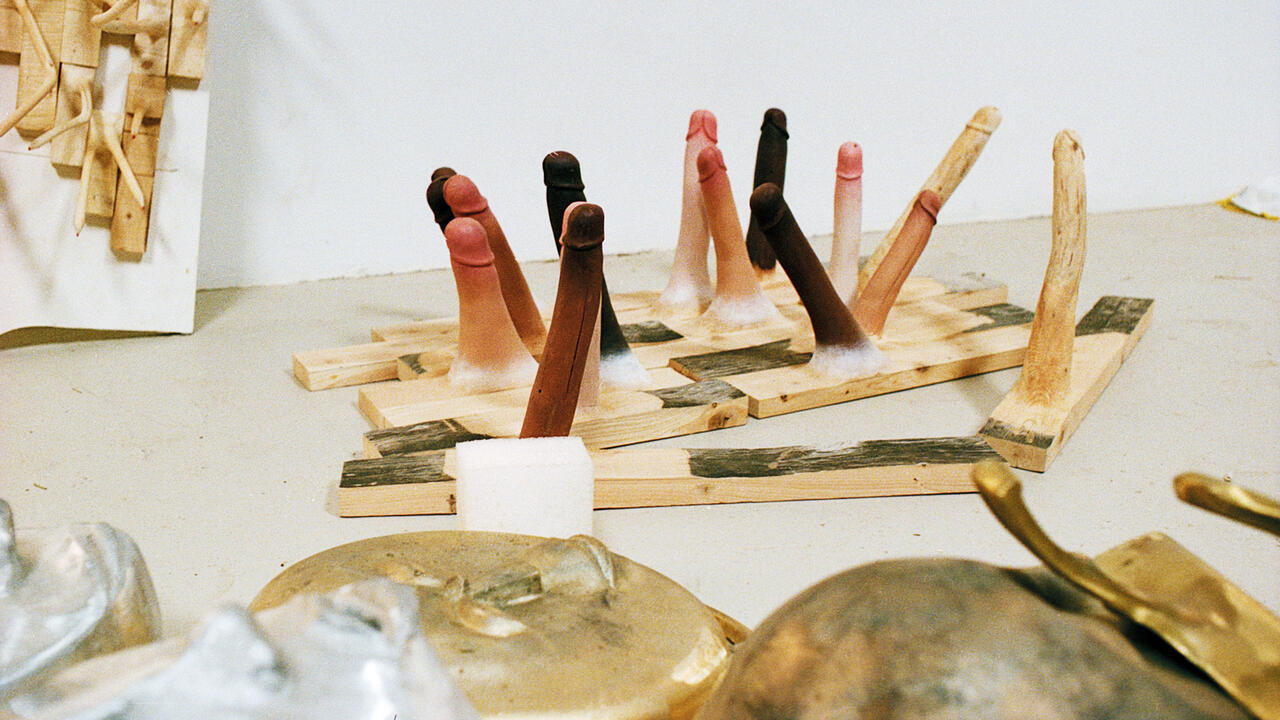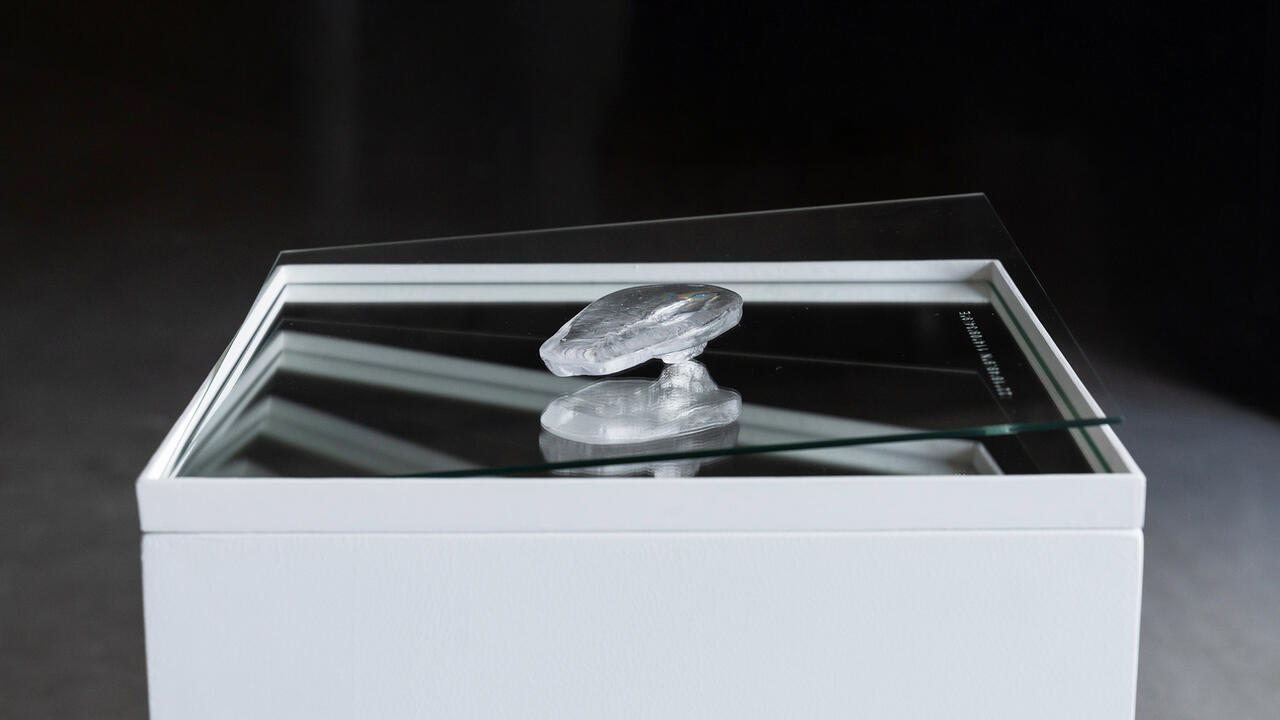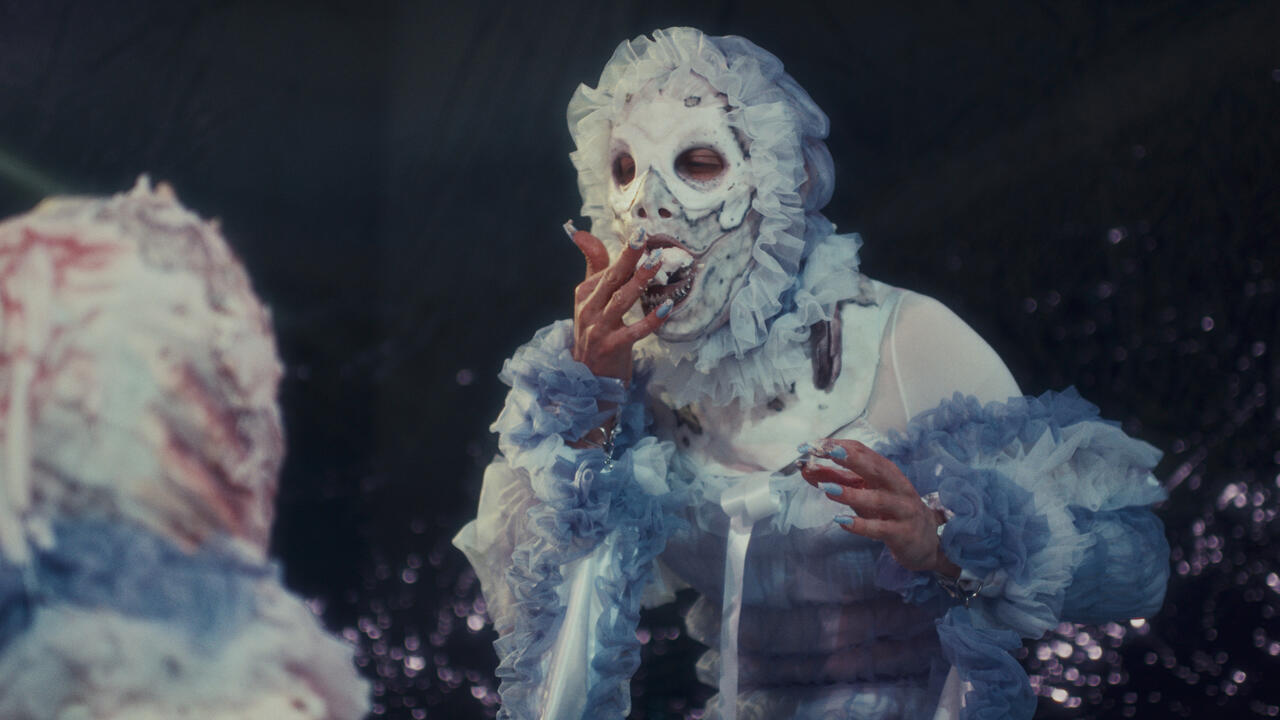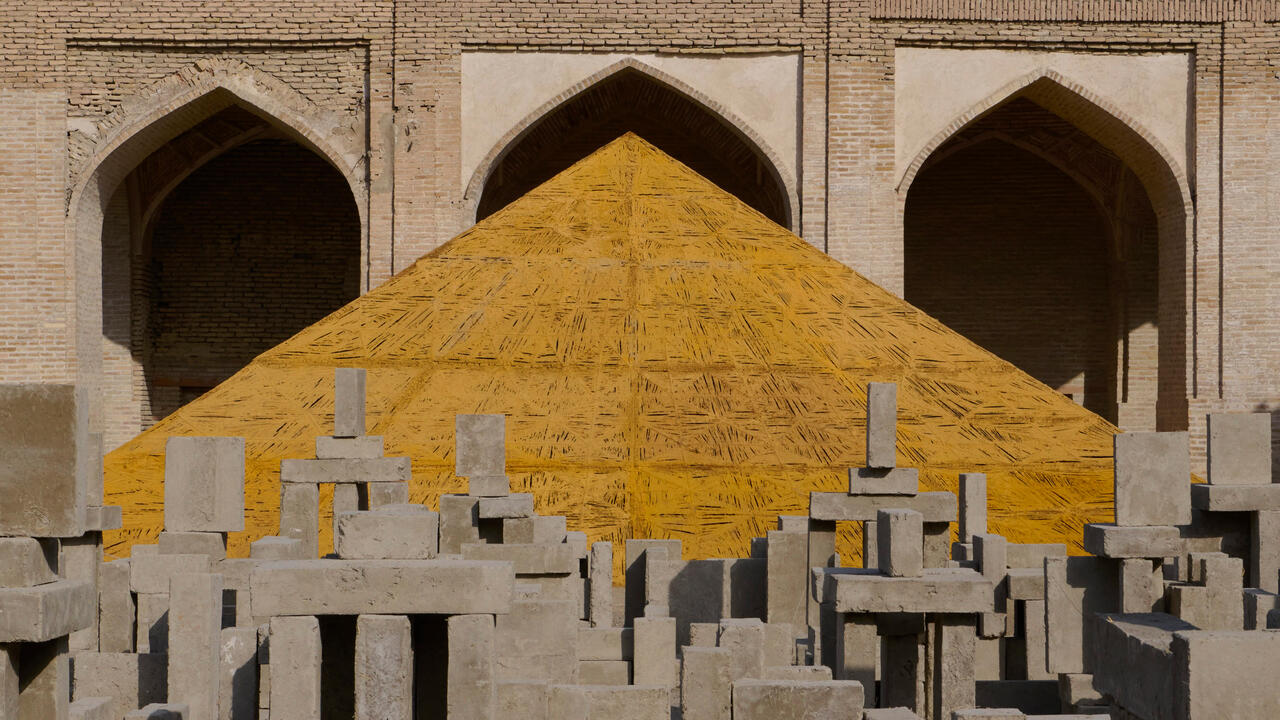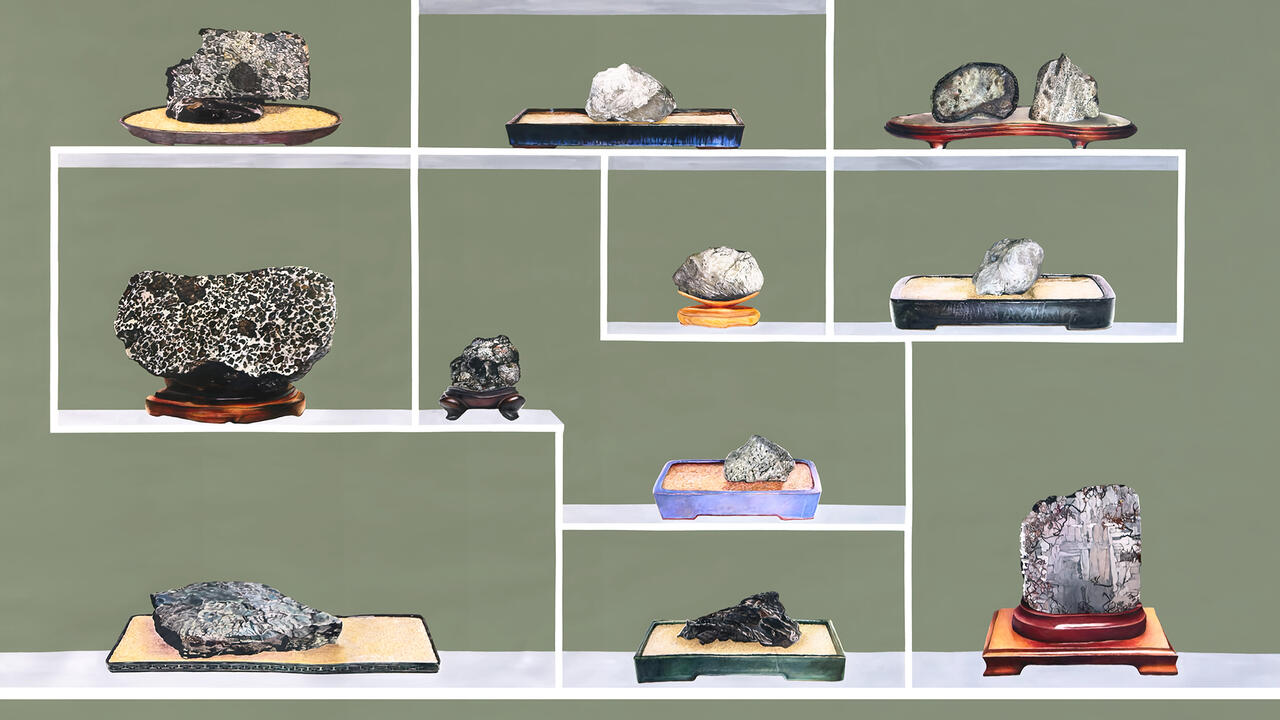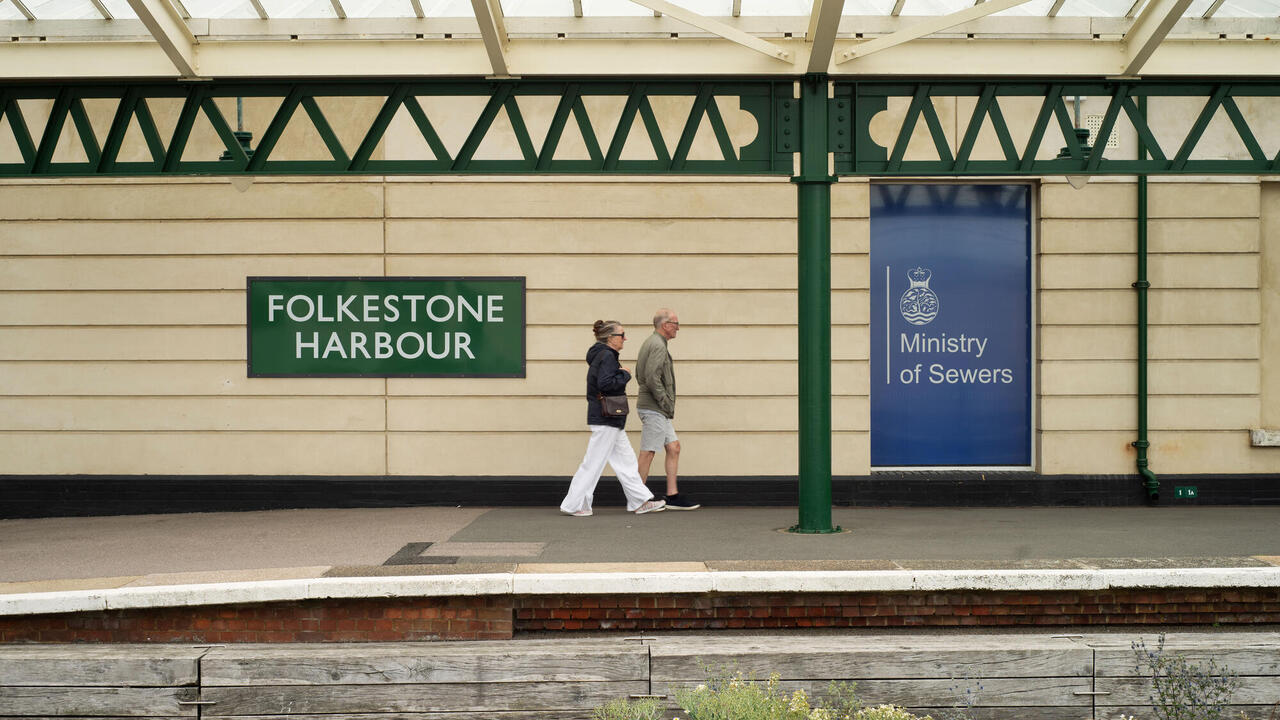Critic’s Guide: Hong Kong
A round-up of the best shows to see in the city ahead of this week’s Art Basel Hong Kong
A round-up of the best shows to see in the city ahead of this week’s Art Basel Hong Kong


‘Breathing Space: Contemporary Art from Hong Kong’
Asia Society Hong Kong
12 March – 9 July
Hong Kong has hosted plenty of exhibitions that explore its compact urban environment, but the current show at Asia Society, featuring 23 works from 11 artists, excels with a curatorial approach that teases out subtle yet witty associations between the included works. Chilai Howard’s The Doors (2007) brings to mind Michael Wolf’s claustrophobic-inducing photography, but the emphasis here is as much on Hong Kong’s dense living quarters as the metal grates that define the ‘private’ and ‘public’ spheres. Another artist to take on grates – an ubiquitous feature of the city fabric – is Adrian Wong, who made replicas of grates used in various part of the city before furnishing their brims with artificial vegetables. In chains (2010), Magdelen Wong replaced the safety door-chain with a string of gold necklaces to question the psychological constraints that results when we put on a piece of jewellery. South Ho Siu Nam’s Defense and Resistance (2013) is the only piece to take an overt political stance – in building a brick wall around himself to ward off the influx of Chinese tourists, he is also alienating himself both physically and psychologically. Howard’s interactive installation um (2017) presents the most succinct view of the plight of urban congestion, which sees the bodies of dozens of silicon humanoids squashed against the sides of a glass box with the press of a button.

Su-Mei Tse, ‘Elegy’
Edouard Malingue Gallery
20 March – 13 May
As the title implies, Su-Mei Tse’s latest exhibition has strong literary underpinnings. An elegy, a Greek metrical form used to commemorate the departed, is usually styled to mirror the three stages of loss: grief, admiration and solace. From Gaëlle (2015–17), a photograph of a trace of an arm – that of a friend? A past lover? – to The Pond (2015), where a mulch of water lillies hangs ominously in murky water, the exhibition ruminates on loss, lapses of time, and how our experience of the latter could be shaped by the former. As one wanders through the artificially weathered pieces – developed during the artist’s residency at Villa Medici in Rome – there is a pervading sense of wistful regret. Solace might, however, be found in the last work, where jets of black ink gushes from a fountain. When all else is gone, we still have the word to live by.

Takeshi Murata, ‘Infinite Doors’
Empty Gallery
22 March – 27 May
Takeshi Murata’s aesthetic seems to be anchored in either extreme stagnation or unceasing motion. While a quick google search is likely to generate the US artist’s CG-inflected images, The Empty Gallery is bringing a collection of the artist’s moving images pieces to Hong Kong. The works on display span 2004–16, but the artist’s method harks back to the early days of experimental cinema. Psychedelic, Rorschach-like images are created by way of ‘data-moshing’, a process where digital data is manipulated for the desired visual and auditory effects. In Untitled (Pink Dot) (2006), a flashing pink dot briefly morphs into a human figure before bursting into an animated blaze of colours that recalls Edvard Munch’s The Scream (1893–1910) or one of Zhi Jinshi’s densely-layered oil paintings.
‘Soil and Stones, Souls and Songs’
Para Site
18 March – 11 June
While much of the discussion surrounding the revival of nationalism has been about the West, Para Site’s latest show aims its lens directly at the phenomenon in Asia. Spread over three floors, the show features works from Sheela Gowda and Ho Siu Kee to younger talents such as Hu Jiangyi and Trevor Yeung. At the heart of the show are three case studies. While Yongwoo Lee looks at the rise of modernity in different parts of Asia, Qu Chang questions the relationship between Hong Kong’s agricultural development to the idea of national identity itself, particularly drawing attention to the city’s first inhabitants, the Hakkas and Tankas to ask: what defines one’s nationality, and who gets to be a part of this discussion? Most ambitious perhaps, is Simon Soon’s reconstruction of Redza Piyadasa and Sulaiman Esa’s seminal 1974 exhibition, ‘Towards a Mystical Reality’. Espousing Marcel Duchamp’s idea that found objects could be art, the duo’s ambition was to seek an ‘alternative aesthetic’ grounded in Zen sensibilities.
Theaster Gates, ‘Tarry Skies and Psalms for Now’
White Cube Hong Kong
20 March – 21 May
Materiality lies at the heart of Theaster Gates’ art. But the initial joy of seeing disparate materials – acrylic lashed upon steel, glass shards melted to form paint drips – coming together in coherent form is closely followed by a strident social commentary. Tar is poured or brushed onto Naugahydge stretched firm on a canvas, or sections of a roof salvaged from a derelict school. In the case of the latter, the rusted bronze transforms into textured paintings with just the slightest hint of sheen, speaking to the possibility of restoration, of beauty and livelihood – a theme that forms the crux of the artist’s practice. Yet Gates is doing something more complex than social activism – by ‘saving’ these found materials and reselling them as art, Gates also questions the idea of artistic authorship itself, and it is perhaps encapsulated by the latter part of the title itself – Psalms is the only book in the Old Testament that is attributed to an assortment of authors.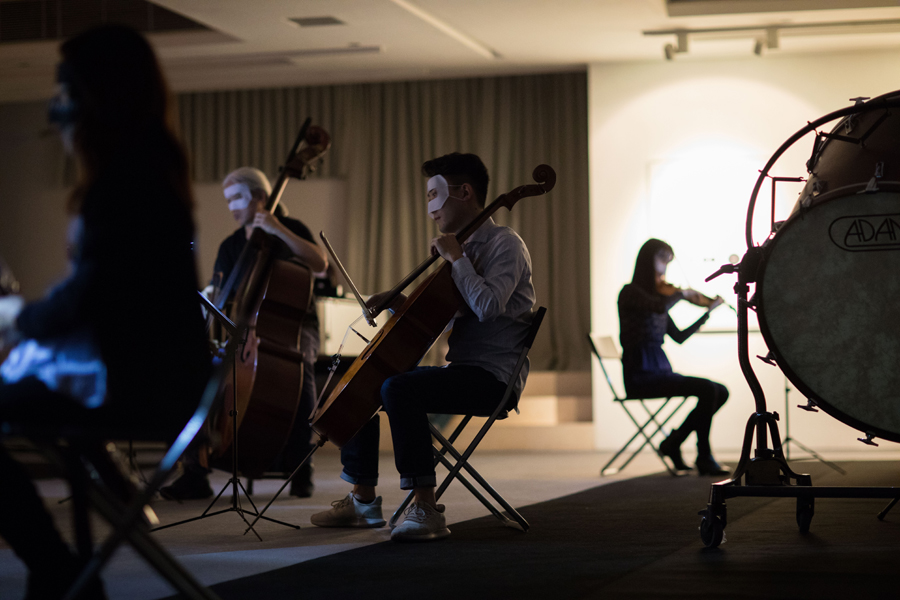
Ari Benjamin Meyers, ‘An exposition, not an exhibition’
Spring Workshop
11 March – 1 April
Throughout history, music and the visual arts have often been pitted against one another. Resolving to dissolve this border, Spring Workshop’s latest show is both aurally and visually challenging. Curated by Ari Benjamin Meyers, ‘An exposition, not an exhibition’ comprises two parts - Litany and Rapture, where The Hong Kong New Music Ensemble (HKNME) has been enlisted to perform from their wide-ranging repertoire, and Hong Kong Solos, where six Hong Kong composers have created new commissions to be played at six offices around the city. For Litany, audience members are required to don a mask prior to entering the darkened ‘hall, where members of HKNME play a random selection of scores, from Joseph Haydn to Meyer’s own, the only other sound coming from the graze of a heel or jean button on the carpeted floor. Accompanied by astute choreographed movements, the players hovers in a state between being an individual and part of a whole, mirroring the viewer’s own experience. The piece presents a powerful examination of a possible delineation of art, music and dance. But perhaps the most fitting tribute is to the art of performing itself - no part of the show will be recorded.
‘Ambiguously Yours: Gender in Hong Kong Popular Culture’
M+
17 March – 21 May
The latest exhibition at M+ shows that gender and the line between art, fashion, film and advertising used to be a lot more porous during the 1980s and ’90s. Here are lush, over-the-top costumes worn by Anita Mui, no doubt inviting sensual scrutiny, and a clip from Wong Kar-Wai's Chungking Express (1994), presenting a deconstructed view of what constituted ‘acceptable male behaviour’ and the influence that the experimental spirit of that period has had on a younger generation. Kenichi Tanaami’s kitschy, frenetically vibrant worlds juxtapose US magazine covers with cartoon and superhero figures to comment on the influence that Americana has on Japan. Turning the ancient idea that the city, or built-in environment’ is 'tough' and 'masculine', Wilson Shieh dresses up buildings in garb traditionally associated with the female sex in his architectural drawings (all 2007). Meanwhile, Ho Sin Tung’s Intervivos Film Festival (2012) explores the material culture (film stills, posters, seating plans and the like) of a film festival. One might be tempted to see this exhibition through a nostalgic lens but the deliberately avoidance of such cliches as ‘The Golden Era’ ensures a narrative that is relevant to those who have never lived through these times.
Other shows to see in the city:
Ho Tsz Nyen, ’The Critical Dictionary of Southeast Asia, Vol. 1: G for Ghost(writers)’
Asia Art Archive
21 March – 19 August
‘The Influence of Abstraction - The Fifth Moon’
Galerie du Monde
17 March – 23 April
Do Ho Suh, ‘Passage/s’
Lehmann Maupin
20 March – 13 May
To view more exhibitions currently running in Hong Kong, visit On View Main image: Takeshi Murata, Untitled (Pink Dot), 2006, video still. Courtesy: the artist, Ratio 3, San Francisco and Salon 94, New York








